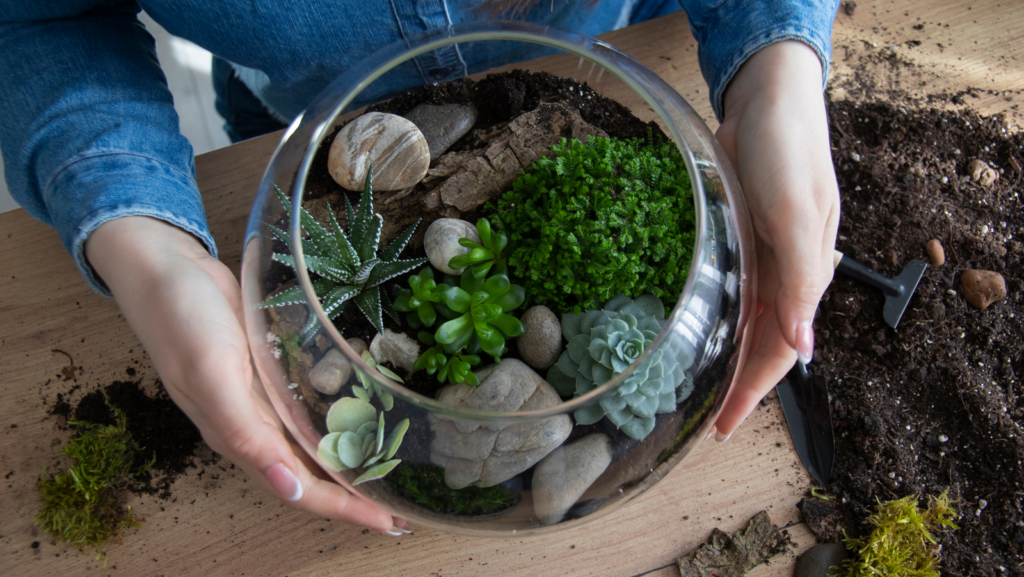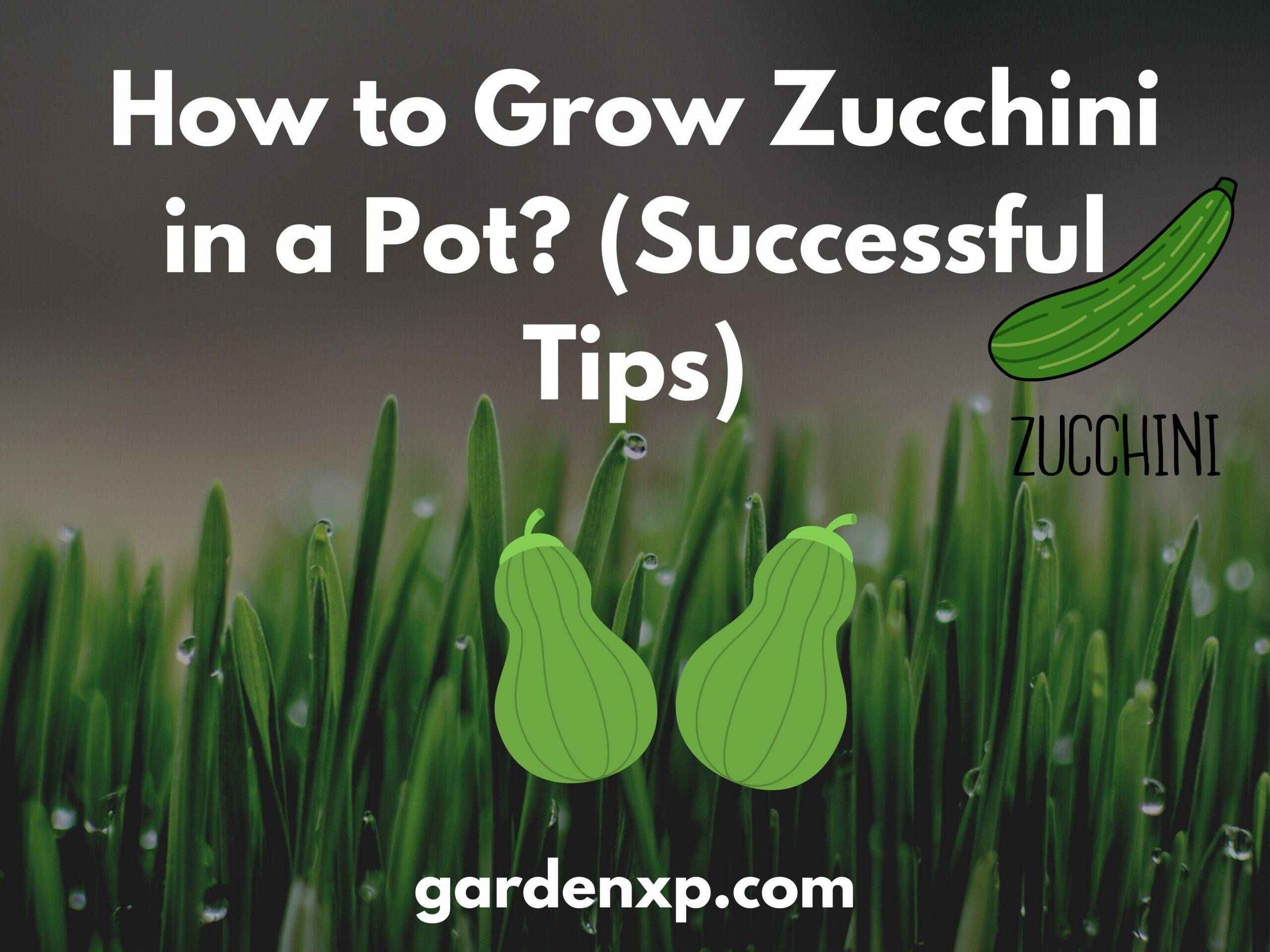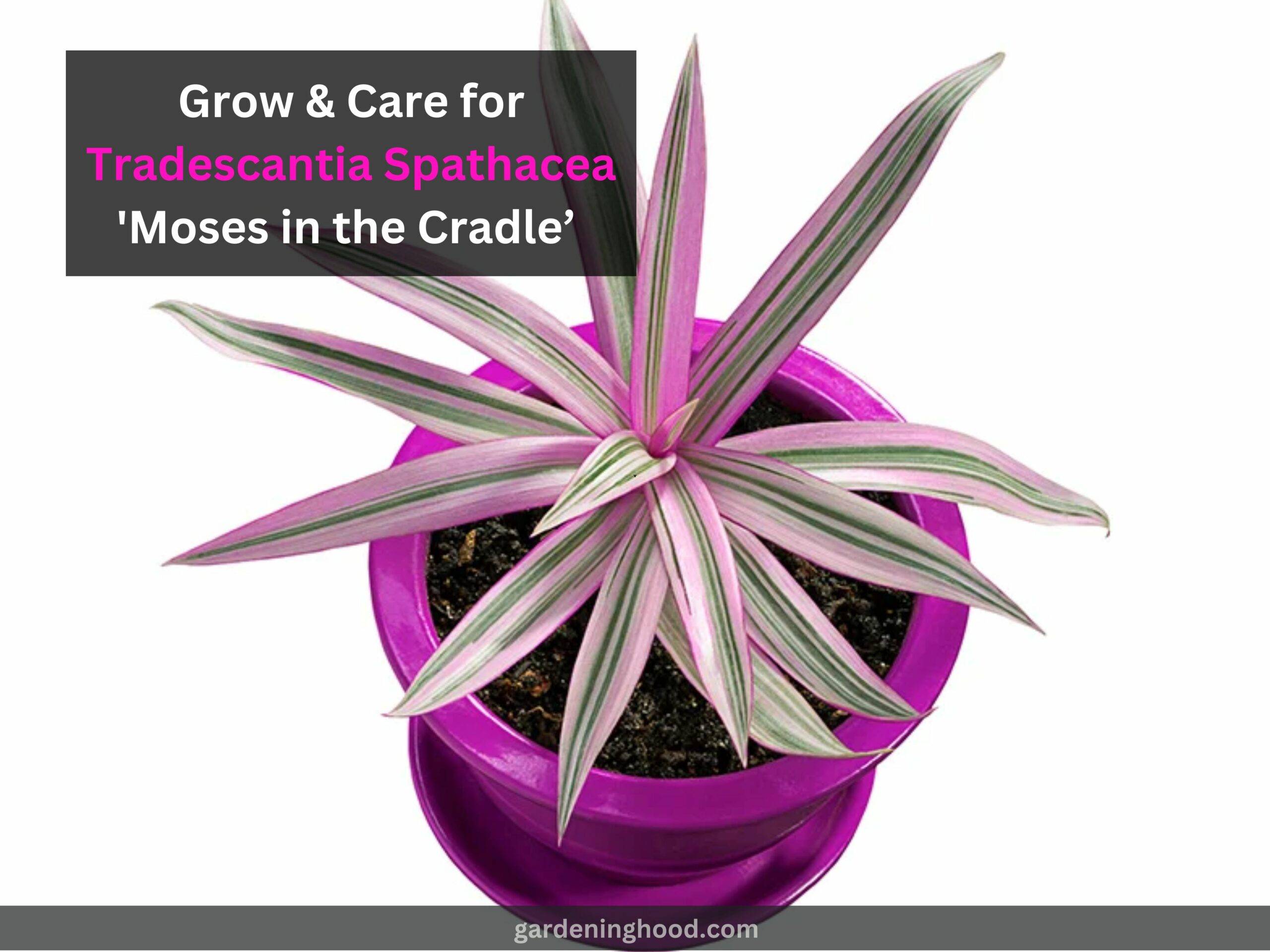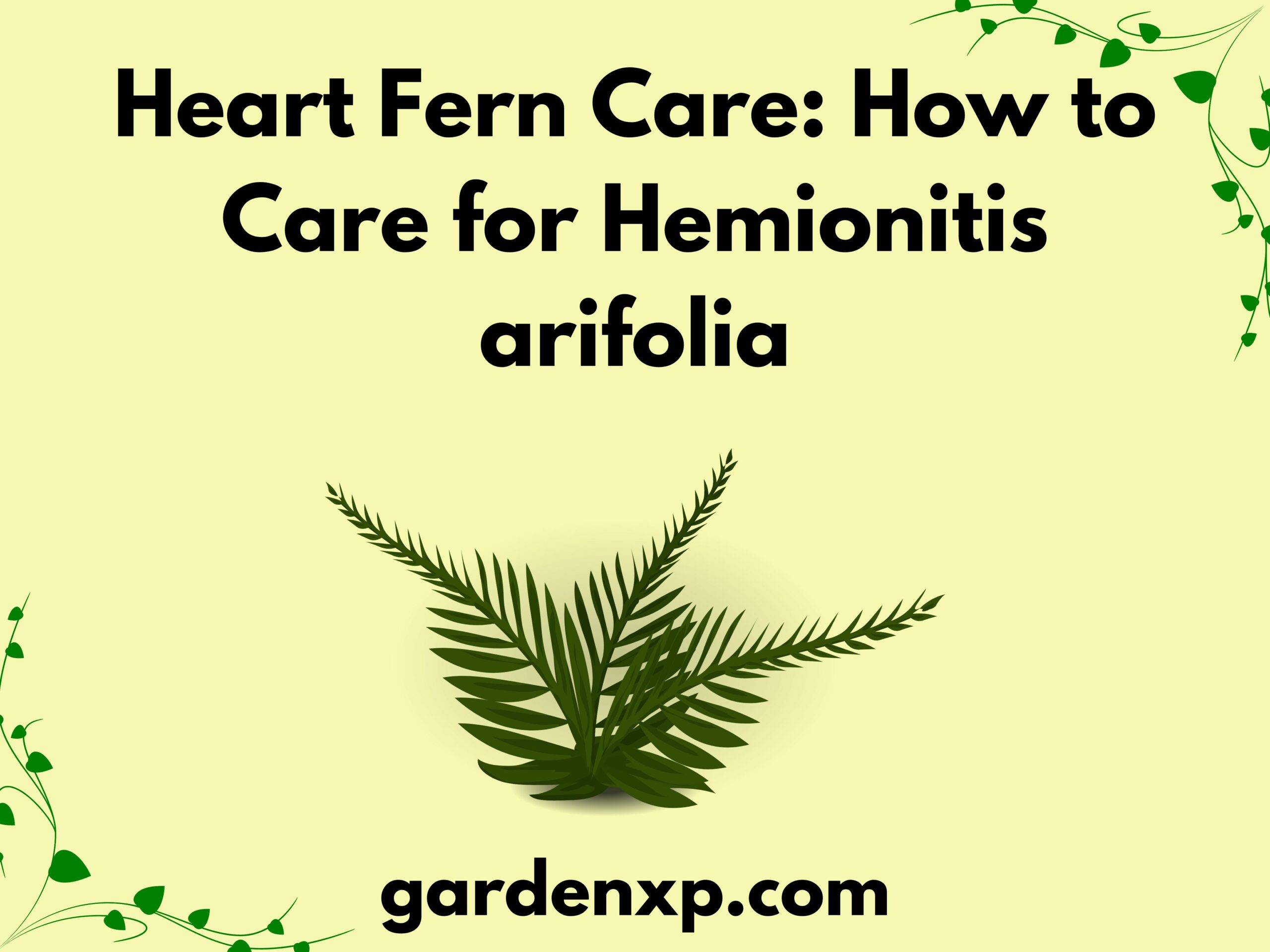How to Create and What is Needed for Self-Sustaining Terrarium? (Full Guide)
Who wouldn’t want to have a zero-maintenance, self-sustaining terrarium? Exactly! Isn’t it interesting to create a closed terrarium plant that gets sealed up while making it and needs to be opened occasionally? In short, it’s actually a self-sustaining mini ecosystem.
After hearing about self-sustaining terrariums, I became interested in what they actually are, how to create them, and what things are required. After going through self-experiments, I succeeded in creating many ecospheres, in which I had both failures and successes.
I have written this information after creating 8 ecospheres, which will help you understand step-by-step ways to create a terrarium. Just creating it is not enough; you need to maintain a self-sustaining terrarium so that it lasts for years and looks attractive. Furthermore, if you have any questions regarding it, don’t hesitate to ask.
What is a Terrarium Ecosystem?
Before creating a self-sustaining terrarium, you need to know the ecosystem’s meaning.
When I define the term ecosystem I could imagine a lush green Amazon rainforest or a circle of life played out of the African savanna but that is actually defined as a biological community in which the organism interacts in its physical environment.
So the same way goes with the plants that are planted in terrariums too. A true ecosystem is the ability of the inhabitant and the environment to work together and create a system. In a terrarium ecosystem, the series of life cycles and energy transfer will make or break the system, which means that a closed terrarium ecosystem will replicate a variety of natural processes that make them feed, clean, and restore themselves. Don’t worry. It may sound difficult to create it but I have explained it in a very simple way below so continue reading.
A series of finely-tuned life cycles and energy transfers that will make or break the system. In practice, that means a closed terrarium ecosystem must replicate a variety of natural processes that’ll allow it to feed, clean, and restore itself. Sounds difficult to create, but you simply need to look to the natural world for inspiration.

Planting your terrarium:
If you are planting a self-sustaining terrarium, you need to follow these requirements and be careful about it:
Avoiding pests and diseases:
- The terrarium does have an enclosed environment, which is a perfect space for the breeding of pests and diseases. So you need to wash your hands and wear clean gloves before preparing and planting the terrarium.
- Make sure to always clean the container with the help of water and allow the air to dry the plant.
- Seeing any change like damage or yellowing leaves on the plant, make sure to remove the plant before planting it.

Creating a design:
- For the design, it all depends upon your choice of how you want to display the terrarium. As if you want only a single plant or many plants, this all depends upon how you want your terrarium to be viewed from different angles or from the front.
- In case the terrarium is only going to be viewed from the front you can plant the tallest plant in the back and then the smallest species in the front of it.
- In case you want the terrarium to be viewed from all angles. Then I will suggest you plant the tallest plant in the center and the smaller plant around it.
- You need to make sure what design you want to give your terrarium because it is hard to change the design afterward because it has a confined space.
Planting your terrarium:
- After collecting the material and creating the design. Now, you are ready to plant the terrarium.
- For planting, make sure the soil is damp and always start with planting the smallest plant first and leave the space for the large plant.
- After planting the plant, make sure to clean off any dirty leaves and glass inside the terrarium with the help of a clean, soft brush or paper towel.

Water:
- You need to water the newly planted terrarium but be careful not to open them.
- Regular misting of the plant is a way to avoid over-watering the plant.
- It is okay to be underwater rather than overwater as removing excess water will be a difficult task and adding more water will always be easy.
- In case there is water on the foliage of the plant, then you can leave the lid of the terrarium open until it dries.
- There, you will notice the process of condensation inside the container which rolls down the water to your plant.
- The condensation process may look like a tight fog.
- If you notice anything heavier, it is a sign to remove the lid for a day or two and let it dry out.
- After establishing the rain cycle means that you have been successful in creating a closed terrarium that is almost maintenance-free.
Choosing a location:
- After updating the plantation and establishment of the terrarium, you need to choose a permanent location for placing it.
- I will suggest you to place it in a bright room or bright window, which will be a perfect location for the self-sustaining terrarium.
- Although there are many terrarium plants that grow well in dimmer rooms.
- In case you have already determined your location, you need to choose the plant that can survive in the light that is being provided in that location.
- In case you select the plant first, then you need to select the location that meets their life requirements.
Closed terrarium supplies:
In case of comparing the closed terrarium to the open terrarium: You do have limited choices of plants and containers. But to create self-sustaining terrariums there is minimal effort for maintaining them after the plants have been planted. Here are some important supplies you need to have for building a closed terrarium:
Containers:
The size of the plant you plant in the terrarium does depend on the container. I will suggest you choose a container with sides that are higher than the plant you are planting and are open wide enough to fit in them.
You need a terrarium container made of clear glass or plastic so that the light gets to the plant which helps it to thrive.
You can also choose a container specifically designed for growing close terrarium plants or use repurposed glass cookie or candy jars, fish bowls, fish tanks, half-gallon canning jars, and apothecary jars.

Terrarium tools:
You have a choice of purchasing the terrarium tools or using an item that you already have in your house such as you can use a long handle spoon to replace it with a shovel. Also, you can use a cork wrapping with a rubber band and then attach it to a chopstick that can be used for packing down soil after planting. Have scissors so that you can cut the damaged or yellow leaves.

Potting mix:
For making a self-sustaining terrarium you need to have a soilless potting mix that is low fertile. if you have purchased the potty mix I will suggest you mix it in charcoal which will help to add organic matter and will observe any chemical or odor present in the Potting mix.
Now you need enough amount of porting mix by which you can fill your terrarium deep down to the largest root ball of the plant. make sure the soil you are going to use for planting the plant should be Damp but not soaking wet.
Choosing plants:
Adding succulents and cacti doesn’t make good terrarium plants. There exists Plenty of varieties that you can grow together in a self-sustaining terrarium. There are many categories such as moist woodland and drop plant that fit well into it.
I will suggest you choose small slow-growing or dwarf plants that easily fit into the and grow best in small spaces such as moss, lichen, and phones are perfect plants for closed terrariums as they are able to survive in dim moist environments. You need to select a healthy plant having the same light and moisture requirements.
Maintaining Self-Sustaining Terrarium:
The following are some ways that will help you to maintain a self-sustaining terrarium:
- You need to remove the terrarium lid at least once a week for about 15 minutes so that it gets fresh carbon dioxide.
- The environment inside a closed terrarium is a perfect place for a breeding ground for diseases and if you don’t look for it it can be devastating. So you need to check the self-sustaining terrarium a couple of times a week and treat the whole place with dilute fungicide which will treat it as soon as possible.
- You need to add water in case of notice any condensation has stopped due to which the plant starts to droop or the soil gets dry. In case, the container has a tight lid then add water every 4 to 6 months.
- In case, you notice that the plant is growing towards the light source then you need to rotate the container to change its direction.
- You need to prune The plant when you see they are yellowing or touching the glass of the self-sustaining terrarium and when they get too large.
- You need to add fertilizer within organic water-soluble fertilizer with a portion of 1/4 one as per the recommended rate during the springtime. make sure never to fertilize the plant during winter.

Conclusion:
Hence after reading the article, you will get all your answers about self-sustaining terrariums such as planting them, what are the supplies, and ways to maintain self-sustaining terrariums.
FAQ’s
Is the terrarium self-sustaining to look at?
The plants that you find in a closed terrarium perform the photosynthesize meaning they use to produce their own food with the help of light that comes into the container. In which the plants absorb the carbon dioxide and release oxygen that is used to create a self-sustaining environment inside the terrarium.


